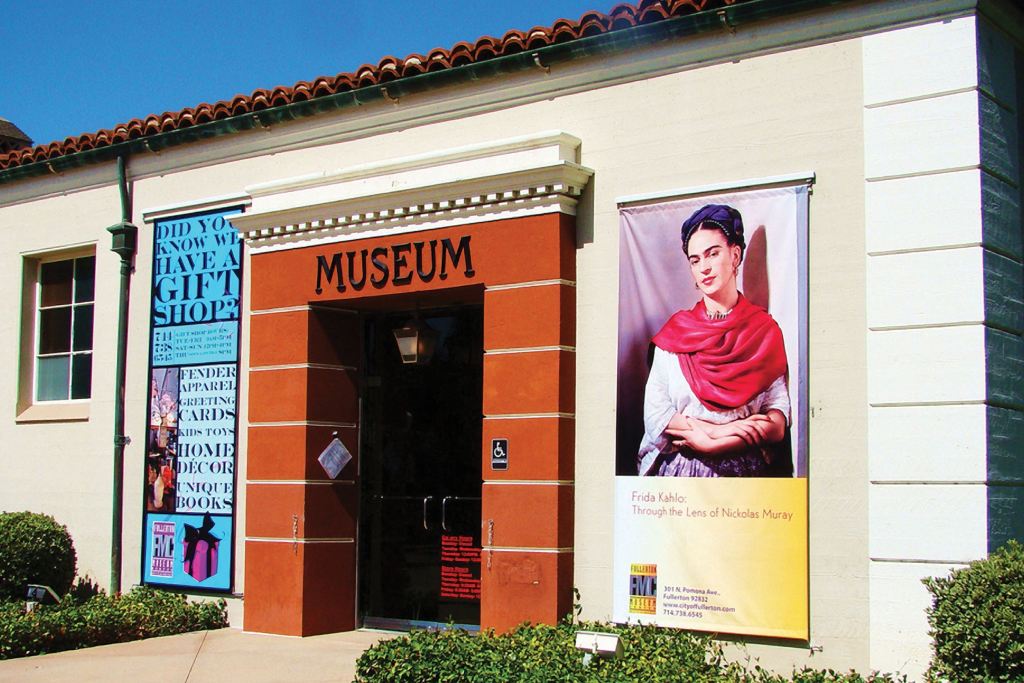
22 Jun In the Wake of COVID-19, Fullerton Loses Art
The City of Fullerton has for the better part of the last decade been the favorite rebellious and beloved artistic community of Orange County. Laguna Beach can keep its seascapes and figurative sculptures; Santa Ana can dominate street art; but, Fullerton has led the county in art walks and offbeat artworks. Santa Ana took a lesson from Fullerton in art walks, and now seems to be the leader in interesting contemporary art, but just a few years ago, most people would say that Fullerton was number one in fun and interesting art.
Things changed quickly, when in 2018, the artistic center of the city of Fullerton—the Magoski Arts Colony—closed unexpectedly. The colony failed a routine fire inspection, and was cited for numerous city code violations, according to the Fullerton Observer. “This was surprising because the Art Colony had, by this point, been open for eight years and had passed numerous fire inspections,” stated the Fullerton Observer. “Additionally, City council members, city employees, and even state elected officials had enjoyed its many free art exhibits over the years.”
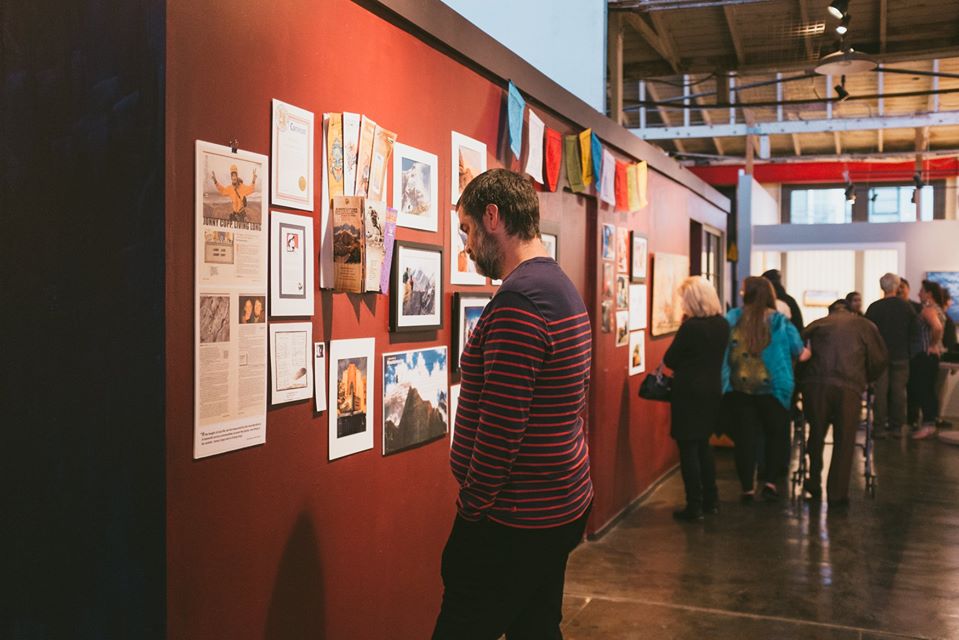
After that blow to Fullerton arts, the galleries and community struggled to keep the artistic spirit alive; but, on June 2, 2020, another crushing blow came to the Fullerton arts community by way of City Council. In their June 2 meeting, the Fullerton City Council cut the $305,493 in operating costs for the Fullerton Museum Center, shutting the Museum Center down indefinitely, while increasing the police spending budget.
With the two leading art institutions in Fullerton closed indefinitely, the city is left with the Muckenthaler Cultural Center and the two colleges to maintain its artistic output—Fullerton College and California State University, Fullerton. Those two schools do offer art exhibitions and events in their galleries, but they do not work together and only mildly participate in the city’s larger events like art walks.

The Fullerton Museum Center was the center of the Farmers Market and hosted live music in the Plaza, a beer and wine garden, multiple galleries for amazing art and cultural exhibitions, as well as art classes for both adults and children, summer camps for kids, a taco festival, and cultural and educational programs that served over 7,000 of Fullerton youths, according to the Museum Center.

Although they are calling this an indefinite temporary closure of the Museum, all full-time staff (three) of the museum have been reassigned to other positions in the Parks and Recreation department and all part-time staff were laid off in April.
According to the Fullerton Observer, City Manager Ken Domer stated, “All 3 [employees] will be retained during what I term a transition time as we review how to position the Museum to be more financially independent and sound going forward.”
City Treasurer Ellis Chang explained that these employees may be able to continue remote Museum programs such as kids art kits, “as well as support other Parks and Recreation activities as opportunities for re-opening summer recreation is allowed,” as reported by the Fullerton Observer.
The citywide budget cuts also hit the library, reducing the hours that the library is open to the public from 61 to 34 hours.
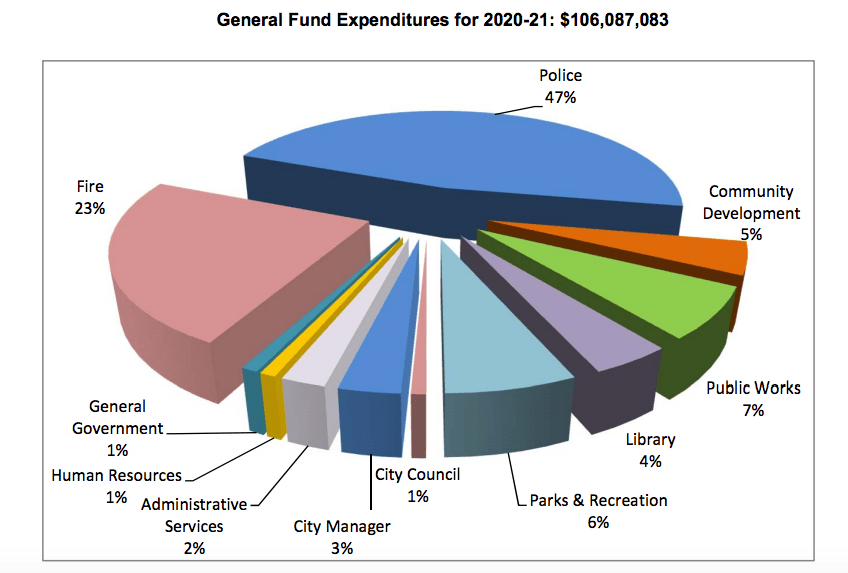
On June 18, the Museum Center shared on their social media accounts that the City has agreed to let the Museum Center open up their Little Golden Books Exhibit and The Leo Fender Gallery to the public each Thursday from 4-7pm through July 23 (with proper social distancing protocols).
It is still unknown whether the Magoski Arts Colony will re-open, although the community continues to have hope. Artists and galleries like the Hibbleton Gallery in Fullerton have been hosting pop-up shows, in-person and virtually to try and continue the art walk, utilizing other stores and brands in Fullerton to perpetuate its arts community. It has not been the same, however, since the Colony closed.
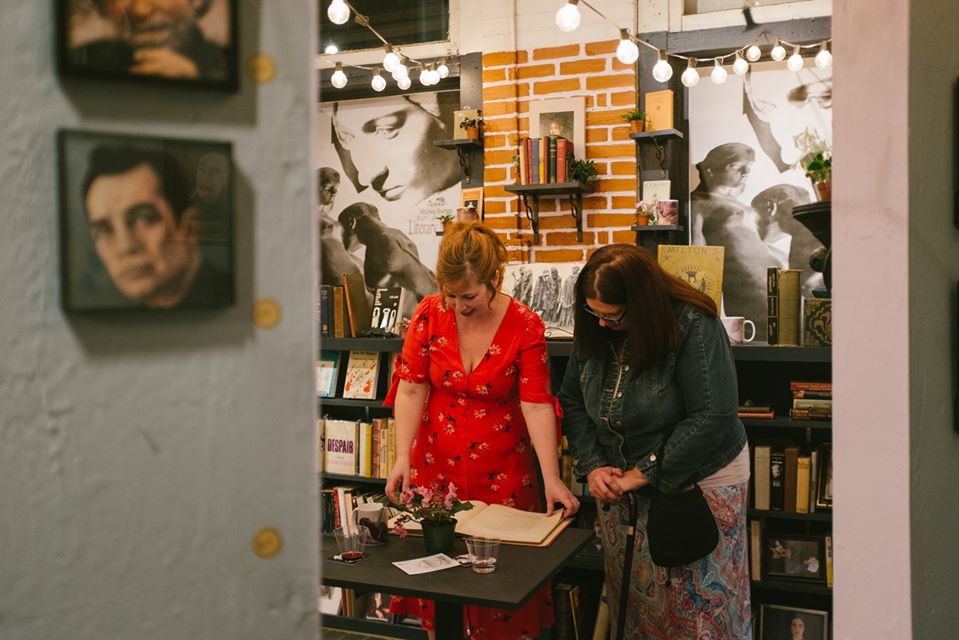
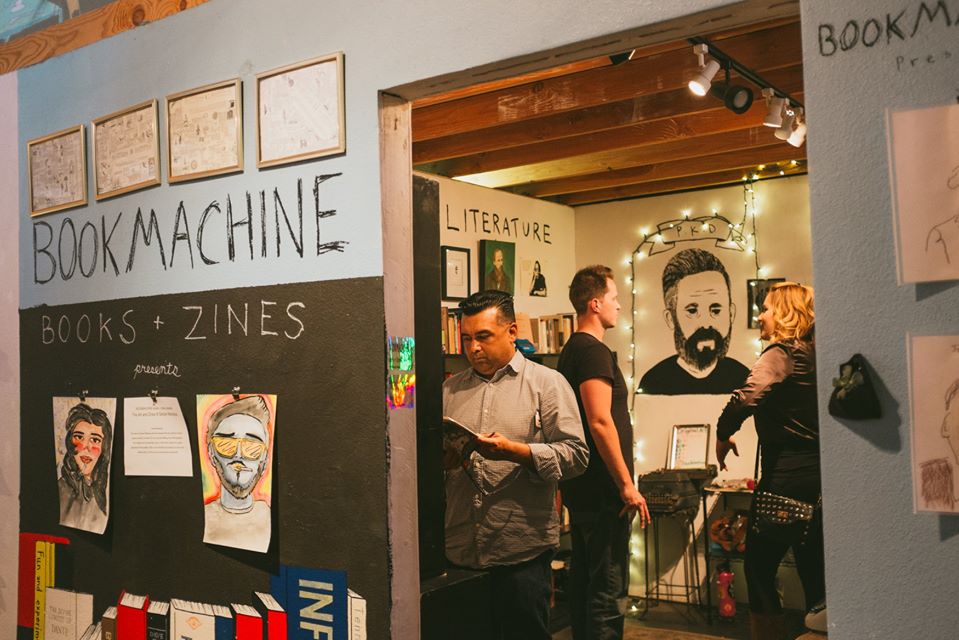
On June 13, artists got the chance to say goodbye to their old studio spaces and galleries inside the Colony before they were demolished. A maze of studio lofts and small exhibition spaces filled the renovated historic warehouse on Santa Fe Avenue in downtown Fullerton. Dozens of new and established artists graced the halls of this creative space for nearly a decade. It was a special place with a palpable love for innovation and acceptance.
We hope this is not the end of the Fullerton arts community, but merely an opportunity for rebirth and rejuvenation.



Sorry, the comment form is closed at this time.